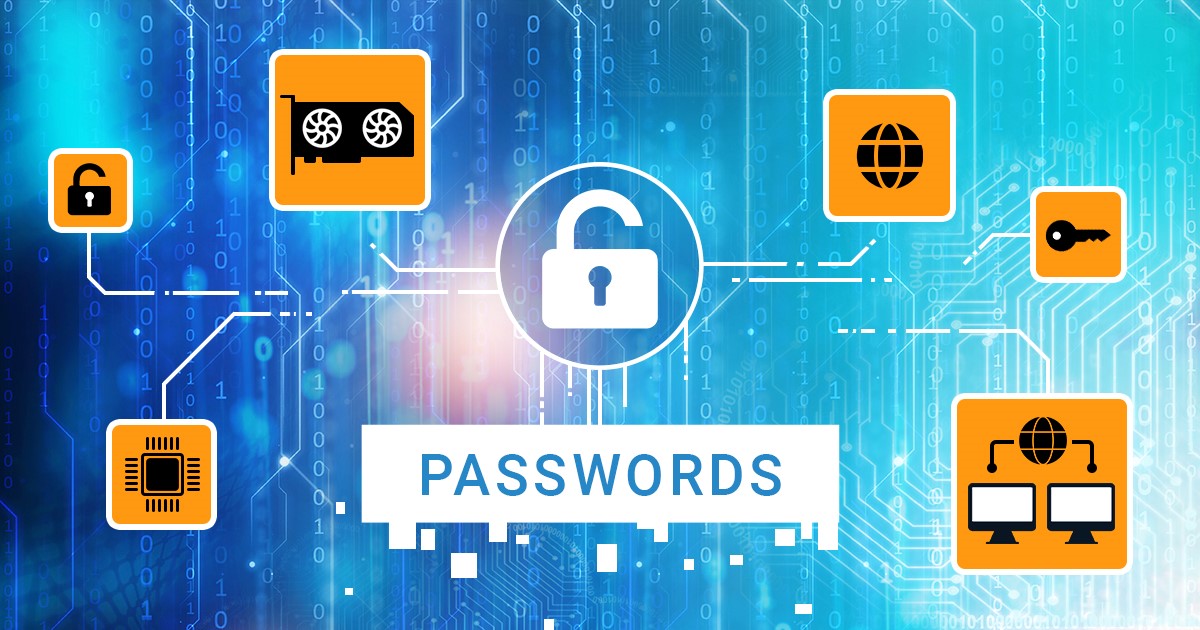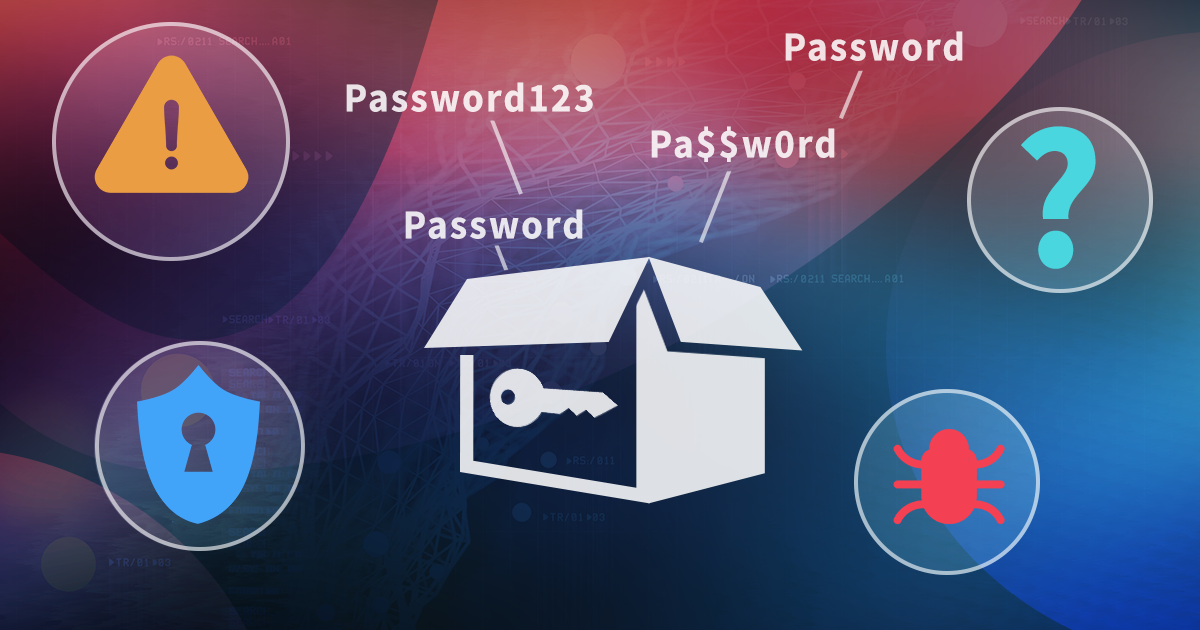The number of iOS 14 users is on the raise, and we will see it running on most Apple devices pretty soon. Apple had already stopped signing the last version of iOS 13 on all but legacy hardware. Soon, we will only see it running on the iPhone 5s and iPhone 6 which didn’t get the update, and on a small fraction of newer devices. If you are working in the forensic field, what do you need to do to make yourself ready for iOS 14? Our software may help.
Everyone’s iPhones contain overwhelming amounts of highly sensitive personal information. Even if some of that data is not stored on the device, the iPhone itself or the data inside can work as a key to other many things from bank accounts to private family life. While there are many possible vectors of attack, the attacker will always try exploiting the weakest link. Learn to think like one, find the weakest link and eliminate the potential vulnerabilities before they are exploited. This guide comes from the forensic guys making tools for the law enforcement, helping the good guys break into the bad guys’ iPhones.
When connecting an iPhone to a computer for the first time, you’ll see the prompt asking you whether to trust the computer. Trusting a computer enables your phone and computer to exchange information. However, should the trusted computer fall into the wrong hands, the pairing record from that computer could be used to pull information from your iPhone. Learn about the risks associated with pairing records and how to block unwanted connections by untrusting connected computers from your iPhone.
The iOS backup system is truly unrivalled. The highly comprehensive, versatile and secure backups can be created with Apple iTunes. For the user, local backups are a convenient and easy way to transfer data to a new device or restore an existing one after a factory reset. For forensic experts, iOS backups are an equally convenient, versatile and easy way to obtain a copy of the user’s data without attempting to break into the device. In malicious hands, the backup becomes a dangerous weapon. Logins and passwords from the Keychain allow hackers accessing the user’s social accounts, messages, and financial information. A backup password can be set to protect local backups, but it can be removed just as easily shall the hacker have access to the physical iPhone and know its passcode. In this article, we’ll discuss how the Screen Time password can be used to further strengthen the protection of local backups.
Regular or disposable Apple IDs can now be used to extract data from compatible iOS devices if you have a Mac. The use of a non-developer Apple ID carries certain risks and restrictions. In particular, one must “verify” the extraction agent on the target iPhone, which requires an active Internet connection. Learn how to verify the extraction agent signed with a regular or disposable Apple ID without the risk of receiving an accidental remote lock or remote erase command.
We updated iOS Forensic Toolkit to bring two notable improvements. The first one is the new acquisition option for jailbreak-free extractions. The new extraction mode helps experts save time and disk space by pulling only the content of the user partition while leaving the static system partition behind. The second update expands jailbreak-free extraction all the way back to iOS 9, now supporting all 64-bit devices running all builds of iOS 9.
The keychain is one of the hallmarks of the Apple ecosystem. Containing a plethora of sensitive information, the keychain is one of the best guarded parts of the walled garden. At the same time, the keychain is relatively underexplored by the forensic community. The common knowledge has it that the keychain contains the users’ logins and passwords, and possibly some payment card information. The common knowledge is missing the point: the keychain contains literally thousands of records belonging to various apps and the system that are required to access lots of other sensitive information. Let’s talk about the keychain, its content and its protection, and the methods used to extract, decrypt and analyze the various bits and pieces.
EIFT, Elcomsoft iOS Forensic Toolkit, Elcomsoft Phone Breaker, Elcomsoft Phone Digger, Elcomsoft Phone Viewer, EPB, EPD, EPV, icloud keychain, iOS, keychain
We have published multiple articles on iPhone backup passwords already, covering the different aspects of the backup protection. In this publication, we have collected the most important information about the things you can do under different circumstances, some software recommendations, and some other practical tips and tricks, in a brief and simple form.
The wide spread of full-disk encryption makes live system analysis during incident response a challenge, but also an opportunity. A timely detection of full-disk encryption or a mounted crypto container allows experts take extra steps to secure access to encrypted evidence before pulling the plug. What steps are required and how to tell if the system is using full-disk encryption? “We have a tool for that”.
The checkra1n jailbreak is fantastic. Not only does it work with the latest versions of iOS the other jailbreaks aren’t even available for, but it also allows performing partial data extraction from disabled and locked iPhones even if the passcode is not known. Still, you can encounter some problems if the USB restricted mode has been activated on the device. The latest build of chechra1n is to the rescue.


